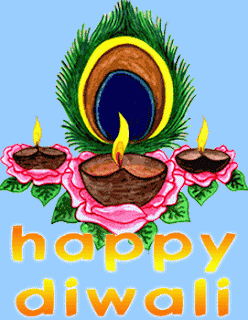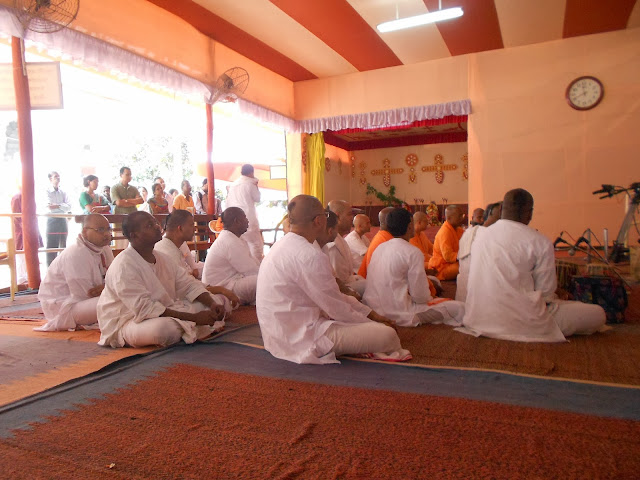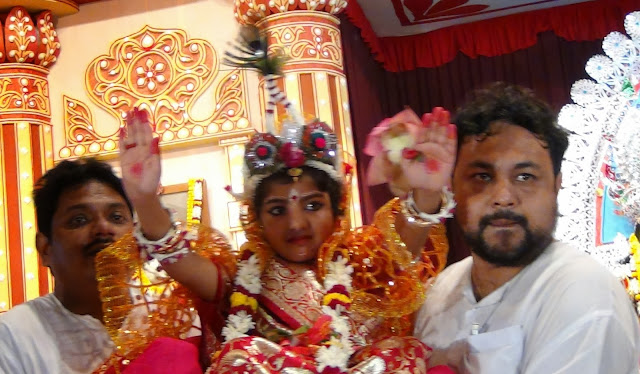HAPPY DEEPAVALI TO ALL READERS. MAY LAKSHMI BLESS YOU WITH PEROSPERITY AND ENLIGHTENMENT.
Deepavali
or Diwali is one of the most important festivals for Hindus. It means 'Row of Lamps/Lights'.
It celebrates the victory of Goodness over Evil and Light over Darkness. Not
only Hindus but Sikhs and Jains also celebrate this festival.
In
West Bengal Diwali is celebrated as Kali Puja and whole night puja is
performed.
LINK TO BELUR MATH KALI PUJA LIVE:
click this link :http://new.livestream.com/belurmathorg/events/2501075
DATE/ TIME: Sat Nov 2, 2013/ 9:00 pm- Sun Nov 3, 2013/ 4:30 am
KALI PUJA PANDEL ARRANGEMENTS IN KOLKATA DUM DUM AREA
In Sothern parts of India Deepavali celebrations begin with waking up early in the morning, before sun rise, followed by an oil-bath. Then new clothes are worn and crackers and lights are used extensively as a part of celebrations.
LINK TO BELUR MATH KALI PUJA LIVE:
click this link :http://new.livestream.com/belurmathorg/events/2501075
DATE/ TIME: Sat Nov 2, 2013/ 9:00 pm- Sun Nov 3, 2013/ 4:30 am
 |
| Kali Image of Belur Math |
 |
| Kali Image Kept ready for Puja |
 |
| Swami Vivekananda |
 |
| Sister Nivedita |
 |
| Lord Shiva |
 |
| Divine Mother |
In Sothern parts of India Deepavali celebrations begin with waking up early in the morning, before sun rise, followed by an oil-bath. Then new clothes are worn and crackers and lights are used extensively as a part of celebrations.
Deepavali
is a 4 days festival as Deepavali, Lakshmi Puja, Kartika Shuddha Padwa and Yama
Dvitiya.
Deepavali 2013 Dates:
Sat, 02 November, 2013 - Deepavali (Naraka
Chaturdasi)
Sun, 03 November, 2013 - Lakshmi Puja
Mon, 04 November, 2013 - Kartika Shuddha Padwa (Bali
Padyami)
Tue, 05 November, 2013 - Yama Dvitiya
Note: In South India Deepavali starts one day earlier.
Note: In South India Deepavali starts one day earlier.
Day 1: Deepavali (Naraka Chaturdasi)
Commemorates the victory of Lord Krishna over the
demon Naraka. People taking a bath in the early morning before sunrise while
the stars are still shining in the sky.
Day 2: Lakshmi
Puja
Goddess Lakshmi emerged from Kshira Sagara (Ocean of
Milk). Lakshmi Pooja is performed on this day.
Day 3: Kartika
Shuddha Padwa/Bali Padyami
Celebrates the victory of god Vishnu in his dwarf
incarnation Vamana over the daemon king Bali. Honours Bali's return to earth
for his devotion to the Lord and for his noble deeds to his people. First day
of the Hindu month Kartika.
Day 4: Yama
Dvitiya
Yama (God of Death) had a feast with his sister
Yami. She put an auspicious tilak mark on his forehead for his well-being. On
this day sisters pray for well-being of their brothers. In return brothers
giving gifts to their sisters.
Significant events associated with Diwali:
v The return of Rama after 14 years of Vanvas (exile).
To welcome his return, diyas (ghee lamps) are lit in total of 14.
v Return of Pandavas after 12 years of Vanvas and one
year of agyatavas (living incognito).
v The killing of Narakasura: Celebrated as Naraka
Chaturdashi, one day before Diwali, it commemorates the killing of the evil
demon Narakasura, who wreaked havoc. In different versions, either Krishna or
Krishna's wife Satyabhama killed Narakasura during the Dwapara yuga.
COURTESY:deepavali.net; en.wikipedia.org/wiki/Diwali.
COURTESY:deepavali.net; en.wikipedia.org/wiki/Diwali.














.JPG)

.JPG)


































